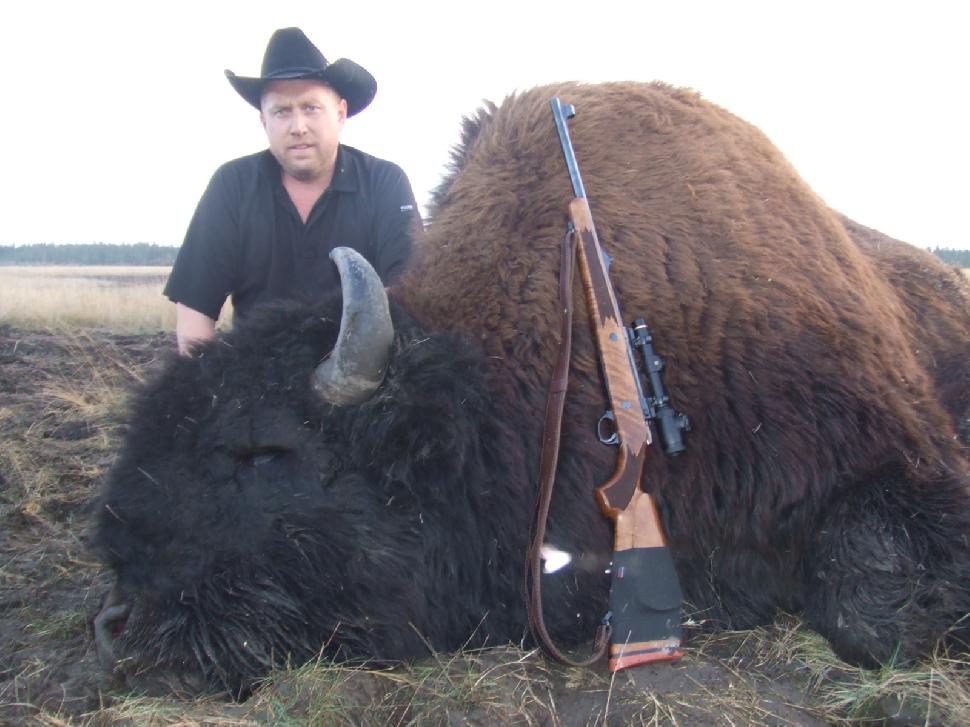“Every inch of barrel will give you an extra 50 fps” is the good rule of thumb that has been followed for years in regards to rifle barrel length, except sometimes it’s wrong. I used to put a lot of faith in this theory but, the more time I spent shooting and using a chronograph, I soon realized that every firearm performs differently. I could give numerous examples of this fact but for the sake of brevity, I’ll limit myself to three. This is by no means going to be an in-depth technical piece but more a few examples of what I ‘ve encountered. Now, I am sure that for every example I post there will be other examples that show the opposite; this is just my point – every firearm is different, nothing is written in stone.
Advertisement

I was getting ready for a dangerous game hunt and had a barrel shortened and re-crowned on one of my heavy rifles. The barrel was cut down from 25 inches to 20 inches, all my friends were sure I had lost it and wrecked a good rifle. I was more concerned on having a quick pointing, fast handling rifle for use in the bush than what I may have lost in velocity. However, the chronograph told an interesting story. A friend had the exact same rifle but with the factory barrel length, so we headed out to see the effects of what I had done. The difference was non-existent, at least performance on game wise only losing an average of 19 fps on one load, but on the other load the shorter barrel was 15 fps faster. A moot point for sure but the chronograph showed the actual figures.
I started loading high performance steel shot for waterfowl a few years back, the load data showed a muzzle velocity of 1770fps, unheard of in a shotgun back then, we were all over it! The chronograph showed a different story, I couldn’t get the velocity they claimed but, out of my 28-inch barrel 870, the load was averaging about 1725fps–still no slouch–but out of my buddy’s 30-inch barrel it averaged 1690fps. While this wasn’t a big enough variance to really make a difference hunting over decoys, on paper it was there. This example is a little easier to explain but that is all theory anyway.
Advertisement
Here’s an example that really surprised me, a good friend of mine has a Remington 700 Classic 24-inch barrel, his brother in law has a Weatherby MK V 26-inch barrel both chambered in .300 Weatherby Mag. When shooting the same hand loads in both rifles the difference was amazing. In the 150-grain loads the longer Weatherby rifle was faster by about 100 fps, no surprise here. When the bullet weight started to increase the voodoo started. The 180 grains chronographed about the same velocity but when the 200 grainers and heavier were used, the shorter barrel was pushing them out about 200 fps faster than the 26-inch version. It is possible that twist rate may play into it, but why wouldn’t it be consistent?
We could debate the causes of this for days but that isn’t the intent of this; I just wanted to give a few instances for you to think about. Not everything is always how it appears when it comes to firearms and some things are just easier explained or understood than others.
Advertisement